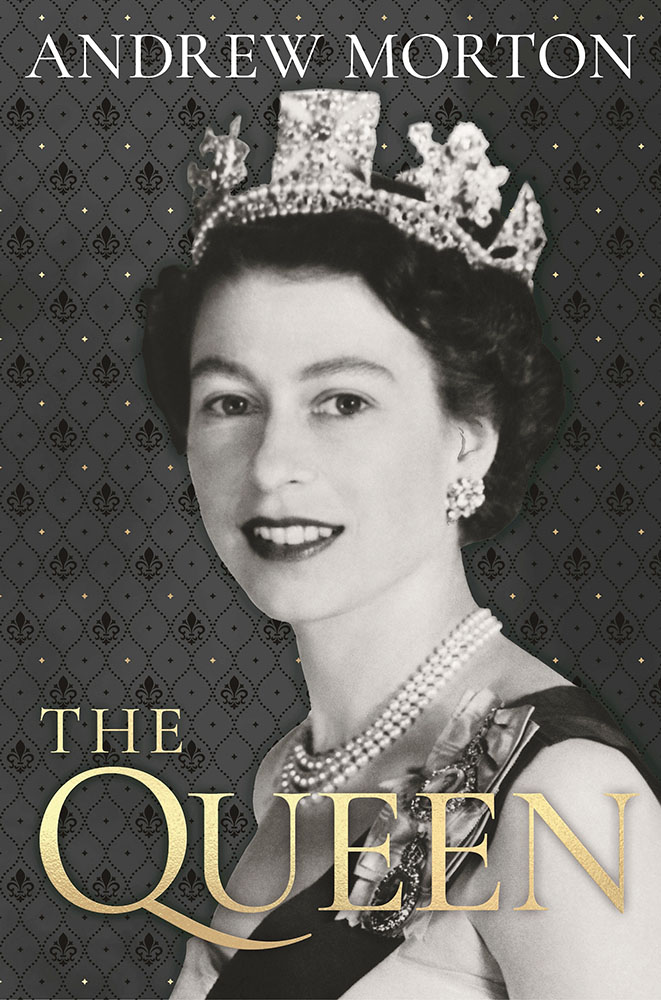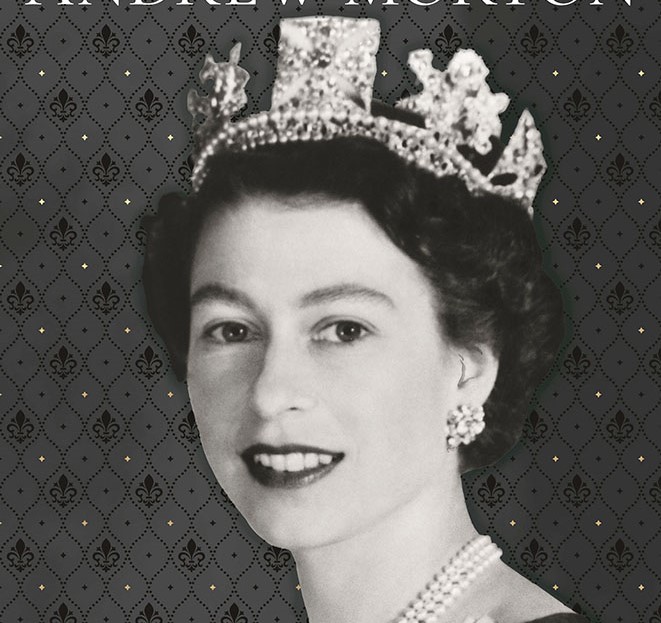By Andrew Morton
(Michael O’Mara) 2022; 378 pages
Andrew Morton has published popular biographies of Royals and non-Royals, including Diana, Princess of Wales; Prince Andrew of York; Monica Lewinsky; and Tom Cruise. He has now turned his considerable ability to assess the facts and fake news that has surrounded our former sovereign, Queen Elizabeth II. What comes through in this biography is the respect he has for Queen Elizabeth and his admiration for the way she’d tackled problems arising from ‘an irascible husband, an extravagant mother, a querulous heir, and a shamed second son’.
Elizabeth was 25 when she became Queen. Over the 70 years plus she spent as sovereign, she ‘made more small talk than any other monarch in history’.
When very young, she listened gravely to ‘Grandpa England’ (King George V) as he extolled the virtues of duty, decency and hard work. Her mother taught the future Queen to be kind, courteous and to appreciate the benefits of Christian values. Queen Elizabeth, The Queen Mother, believed a decent character, a moral compass and a sensitive awareness of the needs of others were as important, if not more so, than intellectual endeavours.

Princess Elizabeth was in her early teens when she fell for Prince Philip of Greece and Denmark. Despite her mother favouring a member of the English aristocracy, namely Hugh Fitzroy – later the 11th Duke of Grafton – Elizabeth was determined to marry her naval officer.
It was thought Philip would have difficulty accepting the junior role in a marital partnership. Queen Wilhelmina of the Netherlands cautioned the young prince to think hard before ‘entering the Royal cage’. Philip did have problems accepting the restrictions for quite a while. Morton mentions some of the rumours that circulated involving the prince and his equerry, Australian Mike Parker, during their world tours but found no confirmation that any of them were true.
Political crises are the highlights of the biography: the Profumo scandal; Anthony Blunt, long-serving Surveyor of the Queen’s Pictures, being exposed as a Soviet spy; and the appointment of a new prime minister after Harold Macmillan retired. Appointing Alec Douglas-Home rather than Macmillan’s deputy, Rab Butler, meant she was imposing her choice as Leader of the Conservative Party. The rules of the political party were changed very soon after to ensure this did not happen again.
Family crises forced Her Majesty to take a welcome break from the drudgery of the interminable arrival of red boxes and the reading of official papers: Princess Margaret wishing to marry her divorced equerry, Group Captain Peter Townsend; the publicity surrounding Prince Charles and his long-term mistress; Princess Margaret again and Roddy Llewelyn; and the death of Princess Diana, the most emotional part of this biography.
After the retirement of the more elderly courtiers, and especially after the death of the Queen’s mother, progressive changes happened more frequently. Queen Elizabeth, the Queen Mother was no longer around to remind Elizabeth of precedent and tradition.
One action of the Queen that made the staff anxious was her refusal to wear protective headwear when she rode her horses around Windsor Great Park. There’s a quote in the book: the only thing standing between Prince Charles and his destiny is a Hermės scarf.
The biography is thoroughly researched with many end-notes detailing where we can check the information on which Morton has relied to form the opinions expressed. For royalty tragics, this is a must-read. For the rest of us, it’s interesting, well-written and entertaining.
Four stars from me.
****
Reviewed by Clive Hodges
